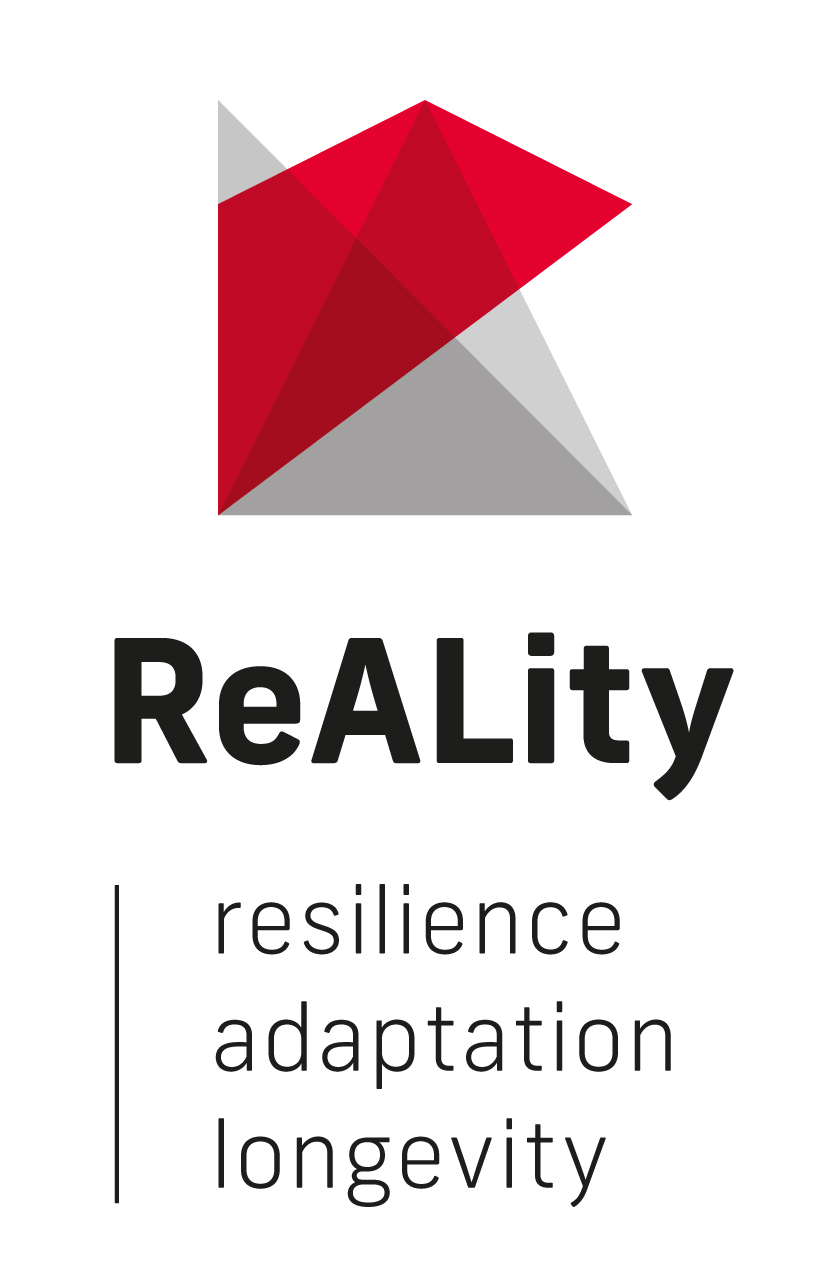ReALizing Healthy Body and Brain Aging
About 20% of the aging population compensate for average age-dependent decline (i.e. normal aging) and show cognitive function comparable to younger people, i.e. show resilient (or optimal) aging. To further investigate the mechanism conveying resilience to aging, we have conducted the BMBF-sponsored AgeGain longitudinal cohort study which is deeply phenotyped neurally. ReALity HBBA will now add the “body dimension” by conducting a new longitudinal measurement time point by characterization of 150 AgeGain participants (Tüscher Lab) including deep phenotyping on the (epi)genomic, proteomic, cellular-immunologic, and cardiovascular phenotypic levels utilizing the GHS/MyoVasc sampling reference frame (Wild Lab).
Hence, we will establish a common reference sample of healthy brain and body aging which will be comparable and usable in conjunction to both, the existing AgeGain (n=235) as well as the GHS/MyoVasc (n=1800) data and biomaterials. We will test if previously shown associations of better endothelial and anti-inflammatory functioning related to resilient brain aging showing better neurocognitive and white matter integrity. Based on this, we will investigate potential molecular and cellular network mechanism of resilient aging regarding cellular-immunologic (Bopp Lab) and genetic as well as cellular senescence mechanisms (Baumann Lab) using cell-bank material of resilient vs. non-resilient AgeGain participants.
The ReALity community is invited to extend this mechanistic research and use ReALity HBBA resource in further mechanistic research or in comparison to own data (e.g. MORE & EpiHF projects).
Principal Investigators
Prof. Dr. Oliver Tüscher, University Medical Center Mainz/Leibniz Institute for Resilience Research (contact person, e-mail)
Prof. Dr. Peter Baumann, Faculty of Biology, JGU/Institute of Molecular Biology
Prof. Dr. Tobias Bopp, University Medical Center Mainz
Prof. Dr. Philipp Wild, University Medical Center Mainz

